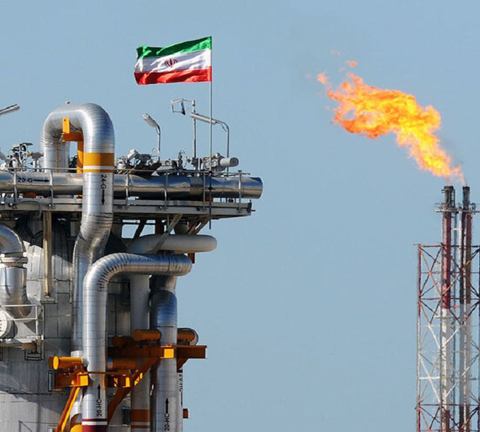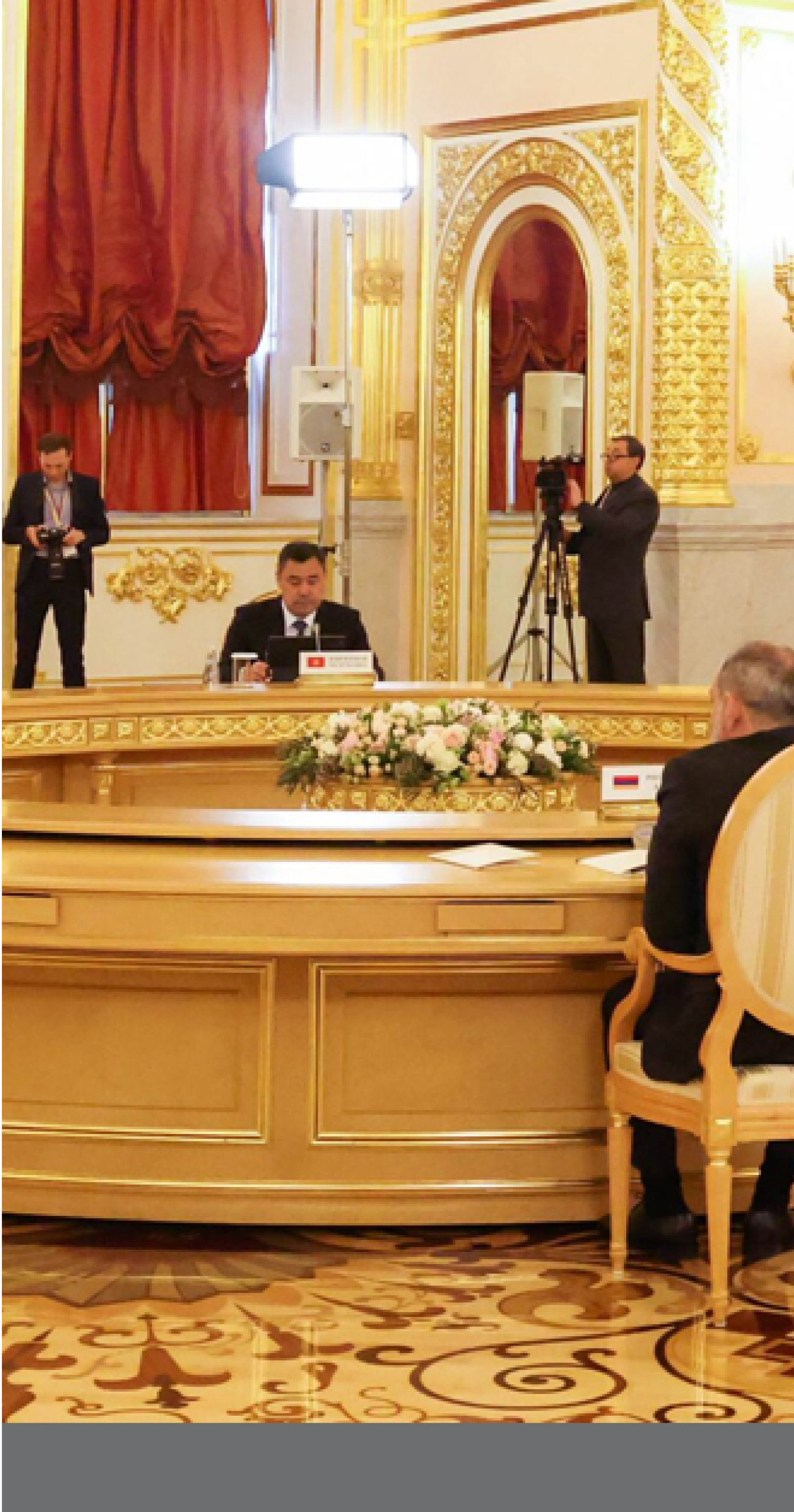Iran's energy sector is an important entry point to understand the economic composition of this Middle Eastern country, around which many complex political issues and diplomatic problems - which have made the region tense and even unstable over the past decades - revolve. How does Tehran see its options regarding energy as a major resource for its economy in the midst of the previous US administration's extreme sanctions campaign?
In late 2019, Iran's Oil Minister Bijan Namdar Zanganeh described the situation in Iran's oil sector as worse than it was during the eight-year war with Iraq. This is because the United States repealed exceptions granted to a number of countries to import Iranian oil, resulting in oil production falling to less than 1 million barrels per day in 2019, confirmed in the statements of former US Secretary of State Mike Pompeo in August 2019 that the United States has succeeded in blocking 2.7 barrels of Iranian oil from the world market.
Iran's oil revenues fell in the first nine months of 2020 to $11 billion compared to $30 billion for the same period in 2015 and $67 billion in 2018, according to the US Energy Information Administration. This has plunged the country into a severe economic crisis due to the heavy dependence on crude oil export revenues.
Turn towards gas?
Iran has the world's second largest natural gas reserves, but the effectiveness of extraction has long been limited due to the lack of technology to intensify production as a result of US sanctions and the United Nations’ before it, according to Iranian official discourse. Consequently, most gas production goes in favor of domestic consumption. Iran's domestic market, for example, consumed nearly 92% of total gas production in 2018 and was ranked as the world's third largest domestic consumer of natural gas in 2013. This sometimes prompts the concerned institutions to import the remaining needs from neighboring countries such as Turkmenistan and Azerbaijan.
As for export, Iran exports natural gas through pipelines to some of its neighbors (Armenia, Turkey and Azerbaijan) at modest proportions that do not constitute an important source of treasury compared to oil, and apparently it does not expect any benefits from exporting it to its neighbors. For example, it exports gas to Armenia in exchange for importing electricity. However, the situation is different with Iraq, which imports 10% of its needs to operate power plants from Iran after the latter increased the volume of its gas exports to Iraq to 5 million cubic meters per day at the beginning of this year. However, this volume is still small for Iraq and for world export levels in general.
This situation -- the modest state of Iran's gas industry – is pushing Iranian officials to move toward developing natural gas extraction by raising the technical level of work in dozens of wells along the Iranian map. Iran has therefore intensified its efforts to cooperate with Russia and Qatar in the field of energy, among other economic areas, to provide the technology needed to make greater use of this important resource.
According to the National Iranian Gas Company's managing director, Hossein Montazer Torbati, the company's gas production is 250 billion cubic meters per year, equivalent to the production of four million barrels per day. This was accompanied by the announcement by Minister of Oil Zanganeh that the production of the South Pars field (the largest natural gas field in the world with a capacity of 50 trillion cubic meters) will rise to 750 billion cubic meters by the beginning of the year according to the Persian calendar - that is on March 21, 2021 - up from 250 billion cubic meters in 2012. This means in one way or another that Iran is not only aiming at satisfying the domestic market, but also at increasing its gas exports.
On January 21, 2021, Iranian President Hassan Rouhani announced the opening of the Middle East's largest natural gas refinery at a cost of $3.4 billion in Khuzestan province. The announcement came just one day after former US President Donald Trump left the White House in an obvious signification that Iran’s economy is still able to grow and develop certain areas despite US sanctions.
Officials in Iran are counting on the administration of new US President Joe Biden to ease restrictions on Iran's energy sector in order to return to the market, which, according to Zanganeh, will be "resurgent." Iran's production of barrels of oil and gas is expected to reach 4.5 million barrels per day in March 2021. But assuming that this happens quickly, Tehran will have to engage in a coordinating process with OPEC+'s production reduction policy regulators, as well as an understanding with its gas export friends such as Russia and Qatar in order to reach a consensus formula on market quotas.
In general, in the face of US sanctions that naturally include Iran's energy sector, the official trend of developing non-oil sectors has been strengthened as part of the "resistive economy" policy launched in 2012 by Supreme Leader Ali Khamenei. This translates into 1.3% growth from April to September 2020 compared to the same period of the previous year, despite the IMF estimate in October that the Iranian economy would witness deflation by 5% by the end of 2020 against a deflation of 6.5% in 2019. This means that the turn towards industrialization and agriculture has helped the Iranian economy to withstand, even slightly, the pressure of sanctions and the repercussions of the coronavirus outbreak. But this does not mean that it is not suffering from huge problems, like inflation, unemployment and extremely low poverty rates. This shows that, in spite of the diversity of the non-oil production sectors, an important part of imports still comes from oil and possibly later on from gas.
Keep in touch
In-depth analyses delivered weekly.









